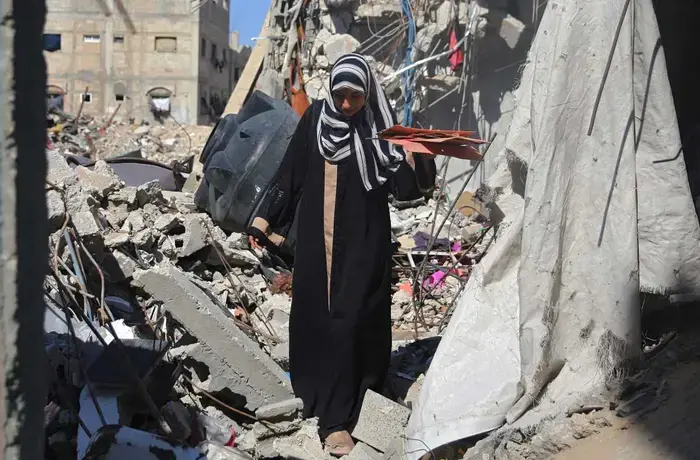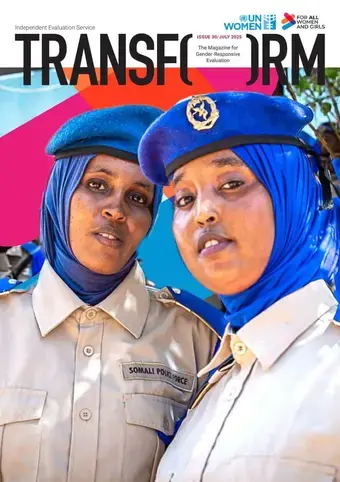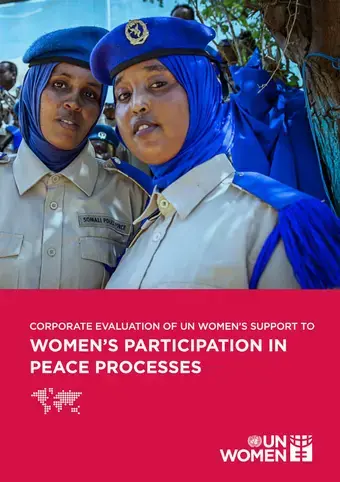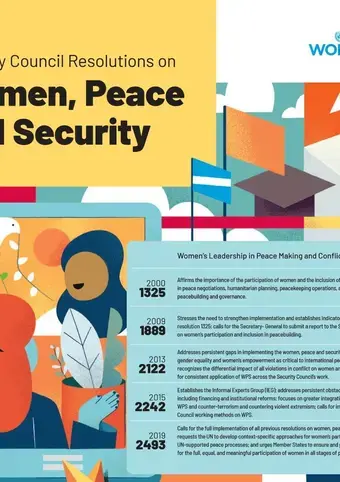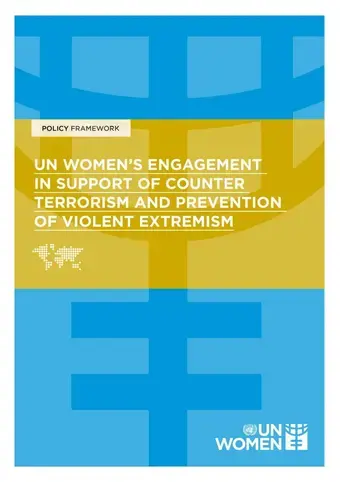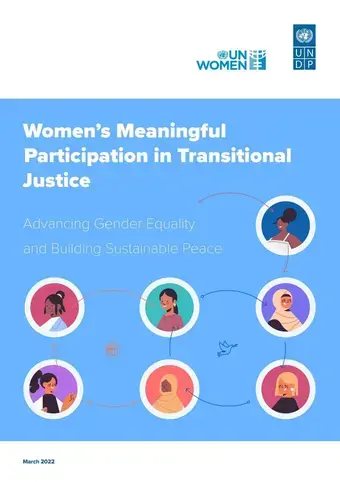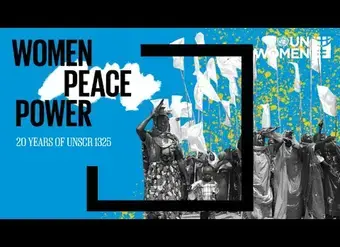Security Council and global norms
The United Nations Security Council is the highest global body in charge of the maintenance of international peace and security. In 2000, for the first time, the Security Council officially recognized:
- The serious and distinct impact of conflict on women and girls, and
- The importance of women’s equal participation and full involvement in all efforts to maintain and promote peace.
Of thousands of decisions by the Security Council since 1946, resolution 1325 on women and peace and security is one of the most cited and well-known.
Decades of evidence and experience show that gender equality is a path to sustainable peace and conflict prevention. Yet women remain largely invisible, underrepresented, or altogether excluded from all aspects of decision-making in matters of war and peace.
While the protection and empowerment of women in conflict-affected countries is a global agenda that predates resolution 1325 and extends beyond the workings of the Security Council, it is in this body where women, peace and security acquired its name, normative framework, and main stage.
A series of resolutions and statements
There are currently 10 Security Council resolutions and 16 presidential statements on women and peace and security. In addition, the Council has adopted several thematic resolutions on topics relevant to this policy agenda, including on women’s participation in peacekeeping, sexual exploitation and abuse by peacekeepers, and the use of sexual violence and trafficking by terrorist groups.
Most decisions adopted by the Security Council are not thematic, however, but address a particular crisis on the agenda of the Council. These decisions typically include provisions related to women or gender equality. Key documents are available on the UN Women website, including the annual reports submitted by the UN Secretary-General to the Security Council.
Decisions that send a powerful signal
Security Council decisions are binding for all Member States. While the Council typically uses largely aspirational language, rather than the more prescriptive language that creates clear obligations for governments or other actors, its decisions do include mandatory instructions for other United Nations instruments created by the Security Council. These include peacekeeping operations, special political missions, and sanctions committees.
Cumulatively, decisions send a powerful signal about global norms by which Member States should abide. They provide political legitimacy for the work of women peacebuilders in crises all over the world and give visibility to issues otherwise easily neglected and ignored.
Increased attention
The Security Council’s level of attention to women and peace and security issues has increased over the past 25 years, partly due to changes in Council working methods over time. These comprise:
- The establishment of specific mechanisms to address conflict-related sexual violence
- The participation of hundreds of women from civil society organizations in conflict-affected countries in Security Council meetings, which became routine from 2016 onwards
- The creation of the Informal Expert Group on Women, Peace and Security, which allows deeper discussions with United Nations leadership on different crises (UN Women serves as its secretariat)
The Executive Director of UN Women and the Special Representative of the Secretary-General on sexual violence in conflict regularly brief the Security Council. Since 2021, the majority of Council Members have joined an initiative to prioritize women, peace and security during their respective monthly presidencies. They frequently issue joint statements at press stakeouts.
The need for political will
While the visibility of women and peace and security issues has risen considerably, Security Council decisions are often ignored by governments and armed actors, as global decisions typically lack strong implementation or enforcement mechanisms.
They depend much more on the political will of actors requested to comply or help enforce them as well as the resources available to governments, civil society, and the United Nations to implement them fully.

